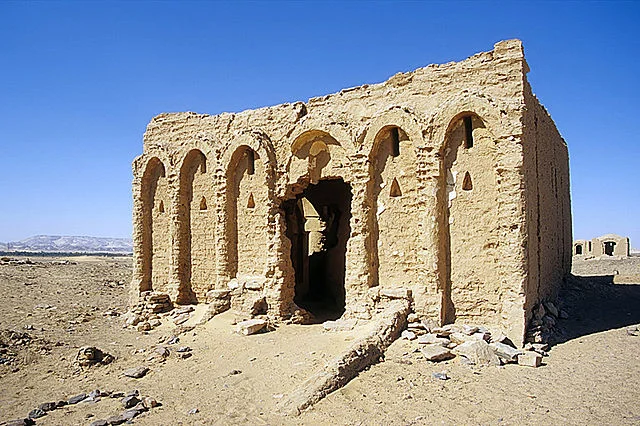El-Bagawat Necropolis, located in the Kharga Oasis of Egypt’s Western Desert, is one of the oldest and best-preserved early Christian burial sites in the world. Dating from the 4th to the 7th centuries AD, this ancient cemetery showcases early Coptic Christian architecture. Its extensive collection of tombs provides valuable insight into the spread of Christianity in Egypt and the evolution of funerary practices.
Get your dose of History via Email
Historical Context and Significance
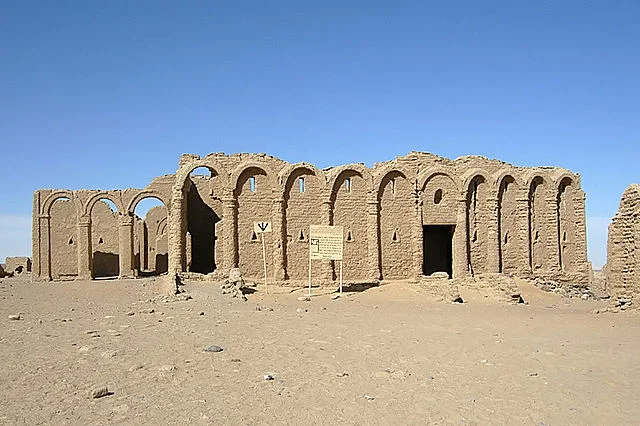
The El-Bagawat Necropolis is significant for understanding early Christian communities in Egypt. Established when Christianity was spreading throughout the Roman Empire, the site served a growing Christian population in Kharga Oasis. By the 4th century AD, Christianity had taken root in Egypt, and Kharga became an important center for Christian communities in the region. The necropolis illustrates the early Christian use of traditional Egyptian desert spaces for worship and burial, showing an adaptation of native religious practices to a new faith.
Architectural Features of the Tombs
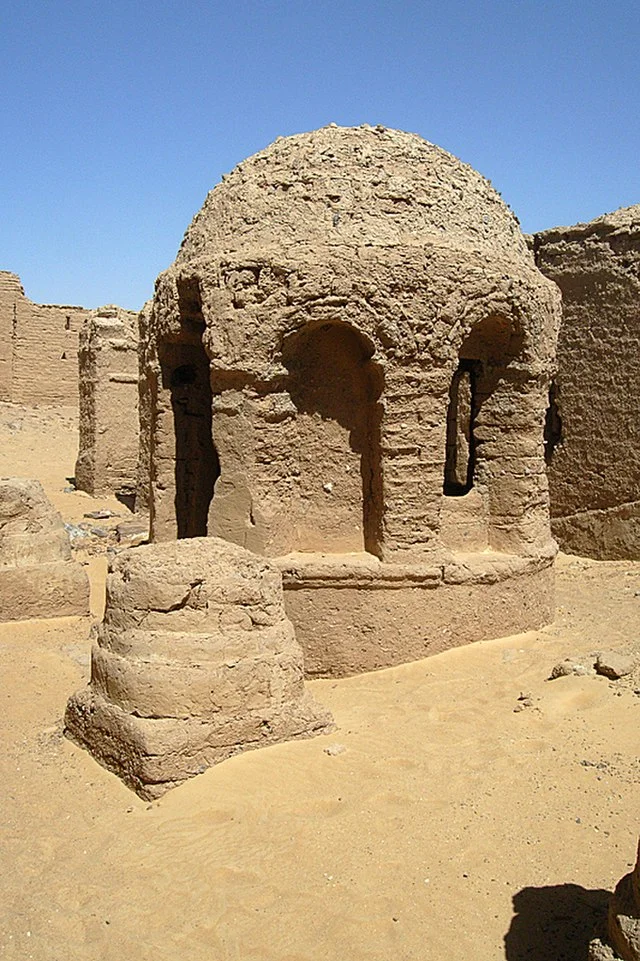
The necropolis comprises over 260 mudbrick tombs, organized into distinct clusters. These tombs reflect both Christian and earlier Egyptian architectural influences. The tombs, each with domed roofs and mudbrick construction, echo the design of ancient Egyptian and Greco-Roman funerary traditions while incorporating Christian symbols. Most tombs are small, single-chambered structures, yet they demonstrate sophisticated construction techniques that helped preserve them against the harsh desert climate.
One of the most remarkable features at El-Bagawat is the Chapel of Peace. This chapel contains Christian frescoes depicting Biblical scenes, including Adam and Eve, Jonah, and the Ark of Noah. These frescoes provide rare visual representations of Christian iconography in an Egyptian context, blending local artistic styles with Christian themes. The Chapel of the Exodus, another notable structure, includes unique paintings that portray scenes from the Old Testament. These chapels are significant for their rare and valuable religious art, illustrating the intersection of local and Christian beliefs.
Funerary Practices and Christian Symbolism
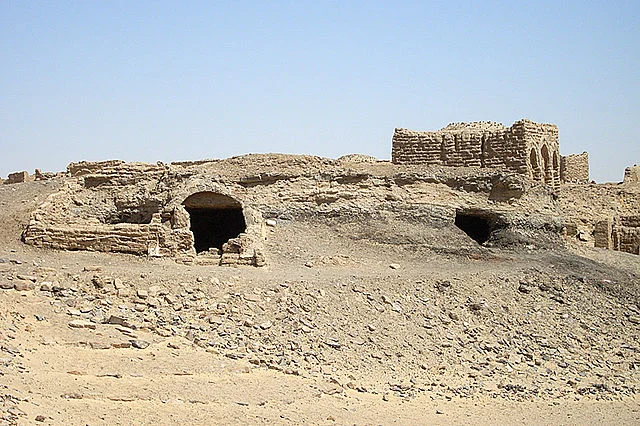
El-Bagawat Necropolis reveals much about early Christian funerary practices. Unlike traditional Egyptian burials, Christians buried their dead with fewer grave goods, emphasizing simplicity. Christian symbols such as the cross, lamb, and fish appear throughout the necropolis, reflecting core Christian beliefs. Tomb inscriptions, many written in Greek, honor the deceased and offer insight into early Christian epigraphy in Egypt. These symbols and inscriptions reveal how Christian communities at El-Bagawat sought to maintain a distinct identity within a multicultural environment.
Preservation and Archaeological Research
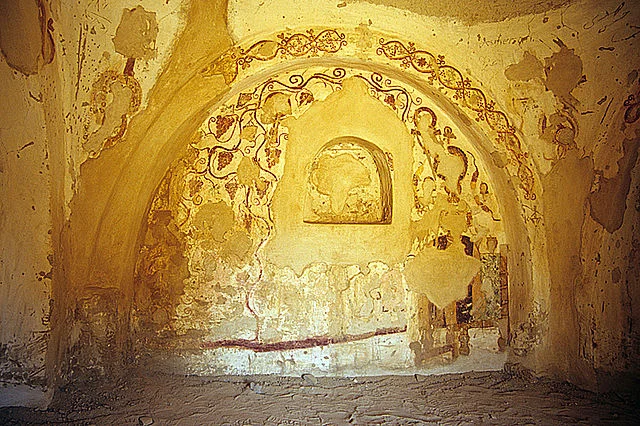
Due to its location in a remote desert, El-Bagawat Necropolis has remained remarkably well-preserved. Its dry climate has protected the mudbrick structures and artwork, allowing archaeologists to study early Christian art and architecture in situ. Excavations and documentation of the necropolis began in the early 20th century, led by researchers who recognized its importance to Christian history. Continued conservation efforts have aimed to preserve the tombs’ architecture and artwork, ensuring that this unique site remains intact for future study.
Conclusion
El-Bagawat Necropolis stands as a testament to early Christian life in Egypt. Its architecture, artwork, and inscriptions offer invaluable insight into a pivotal era in religious history. The necropolis not only reflects the influence of Christianity on Egyptian burial traditions but also demonstrates how Christian communities adapted to and thrived in the challenging environment of the Kharga Oasis. As research and preservation efforts continue, El-Bagawat remains an essential resource for understanding early Christianity’s impact on Egypt and the region.
Source:

